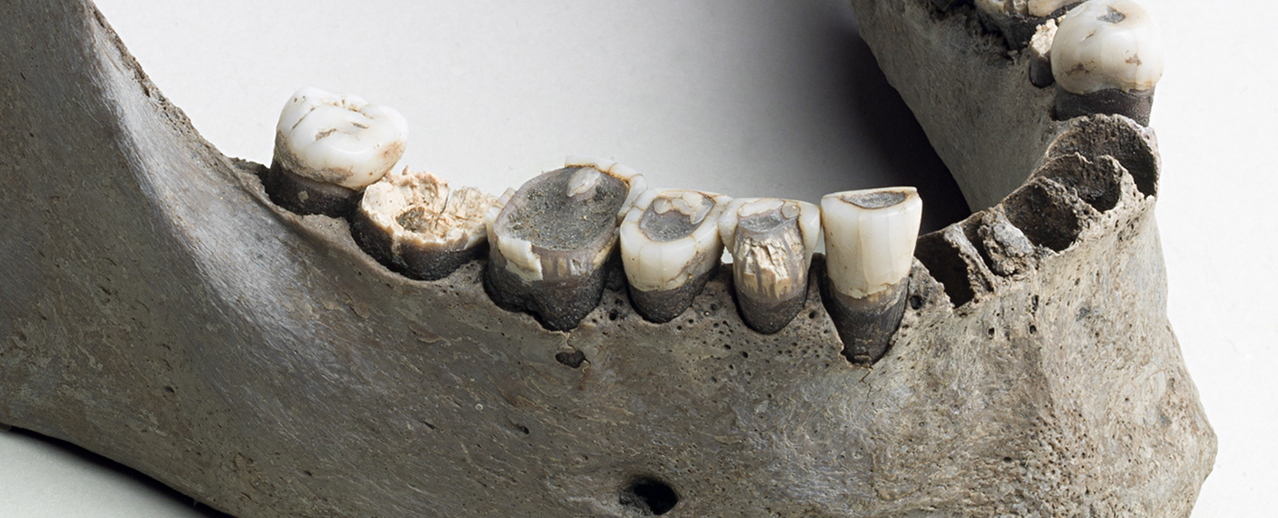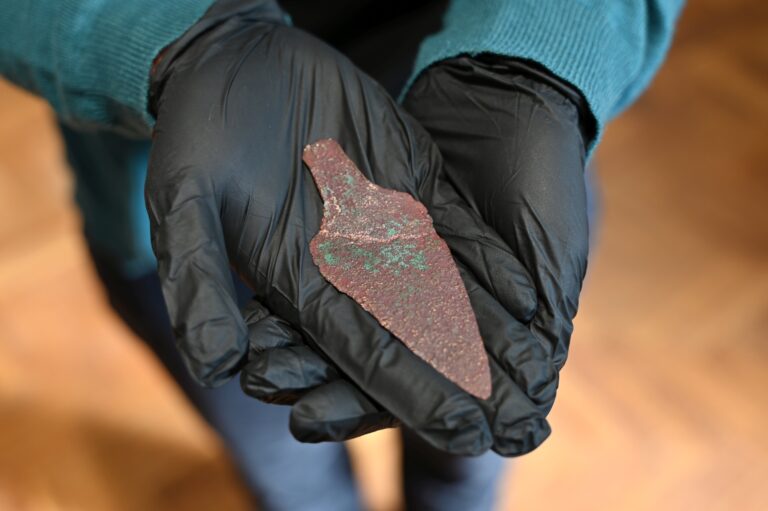
Vittrup man's teeth reveal his maritime origins.
Arnold Mikkelsen/Fischer et al., PLOS One, 2024)
Arnold Mikkelsen/Fischer et al., PLOS One, 2024)
Violently bludgeoned to death and left in a Danish bog, the Stone Age individual known as 'Vittrup man' was discovered in 1915 by peat cutters in the midst of harvest.
His murder – thought to have been part of a ritualized sacrifice – occurred sometime between 3300 and 3100 BCE, during the height of the local Funnelbeaker culture.
Archeologists now have the strongest evidence yet that this is not where his life began.
The first hint that Vittrup man was a foreigner in Denmark came from a study investigating Mesolithic and Neolithic gene pools of Eurasia.
This revealed that Vittrup man's DNA was distinct from the other skeletons from this time found in the area, which prompted archeologist Anders Fischer from the University of Gothenburg in Sweden and his colleagues to investigate further.
Read the rest of this article...


